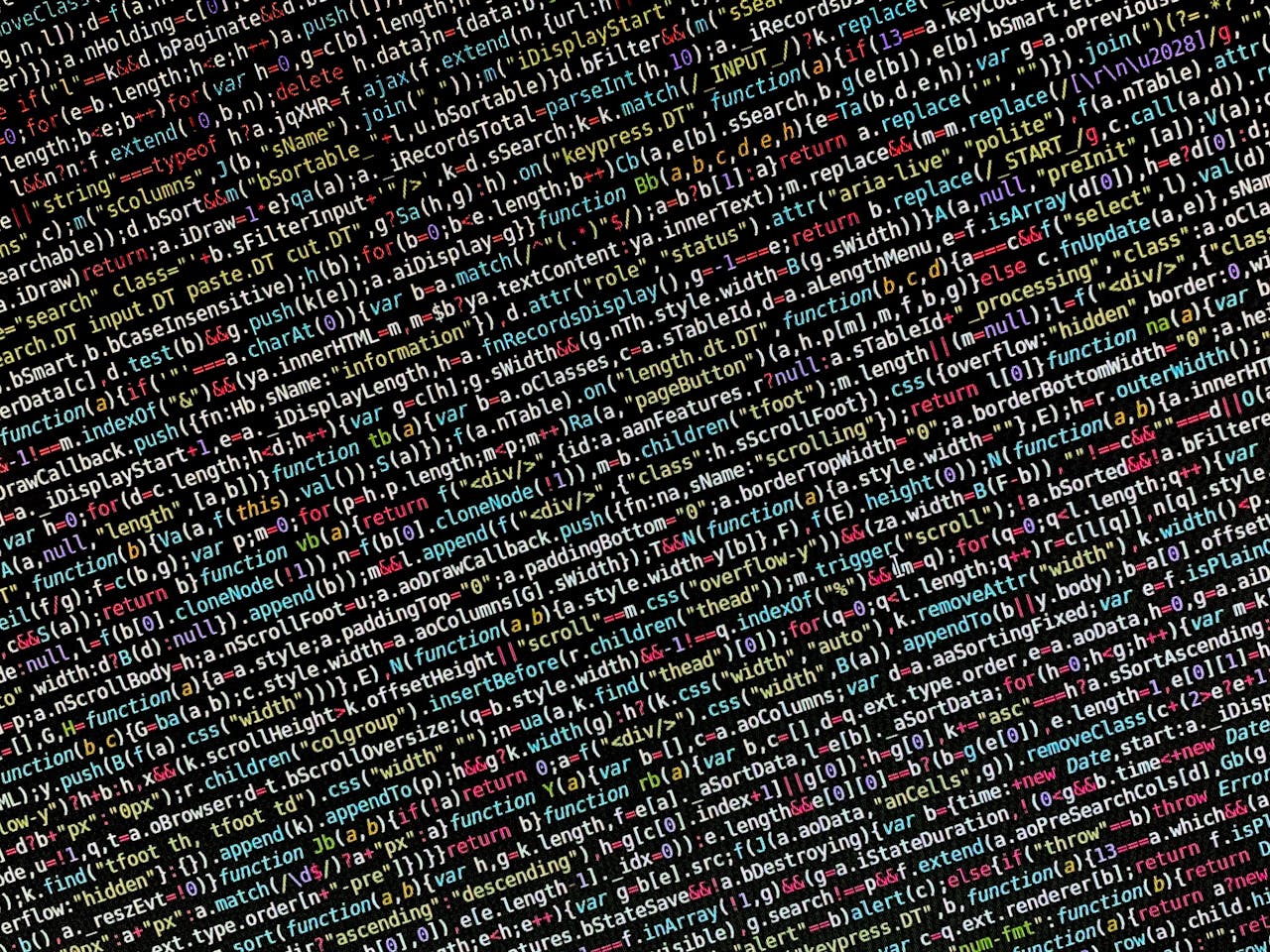Web 3.0 and Blockchain Integration – How Decentralization Affects Web Development
Web 3.0 and Blockchain Integration – How Decentralization Affects Web Development

The evolution of the internet has been marked by significant changes in how data is stored, accessed, and controlled. Web 1.0 was a static, read-only web, while Web 2.0 introduced interactivity and user-generated content, enabling the rise of social media and cloud-based applications. Now, Web 3.0 is transforming the internet by incorporating decentralization, blockchain technology, and enhanced security. This transition fundamentally changes how web development is approached, bringing new challenges and opportunities.
What is Web 3.0?
Web 3.0 represents the next phase of the internet, driven by decentralized networks, artificial intelligence, and enhanced security mechanisms. It leverages blockchain technology to shift from a centralized model, where companies control data, to a decentralized system where users own their digital identities and data.
Key Features of Web 3.0
- Decentralization – Instead of relying on central authorities, Web 3.0 applications (dApps) operate on distributed networks like Ethereum and IPFS.
- Trustless and Permissionless – Users interact directly without intermediaries, enhancing security and reducing censorship.
- Enhanced Security and Privacy – Cryptographic techniques ensure data integrity and user anonymity.
- Smart Contracts – Self-executing contracts with predefined conditions automate transactions and processes.
- Interoperability – Different blockchains and decentralized apps (dApps) can interact seamlessly.
- Tokenization and Cryptoeconomics – Digital assets like NFTs and cryptocurrencies enable new business models and user incentives.
The Role of Blockchain in Web 3.0
Blockchain is a key component of Web 3.0, enabling transparency, security, and decentralization. It is a distributed ledger that records transactions immutably across multiple nodes, preventing unauthorized changes and ensuring data authenticity.
How Blockchain Affects Web Development
- Decentralized Hosting and Storage – Instead of relying on centralized servers like AWS, developers use IPFS, Arweave, or Filecoin for content storage.
- Identity and Authentication – Traditional login systems are replaced by decentralized identities (DIDs) and blockchain-based authentication, reducing reliance on third-party services like Google or Facebook.
- Smart Contracts for Business Logic – Applications use smart contracts to execute actions automatically, reducing reliance on back-end servers.
- Improved Security and Data Integrity – Data stored on blockchain networks cannot be altered, preventing hacking and unauthorized access.
- New Monetization Models – Cryptocurrencies and tokenization allow innovative revenue streams, such as micropayments, NFTs, and decentralized finance (DeFi).
- Interoperability and Composability – Developers can build applications that interact across multiple blockchain networks, improving efficiency and user experience.
How Decentralization Affects Web Development
1. Front-End Development Shifts
- Web 3.0 applications integrate blockchain wallets like MetaMask for authentication and transactions.
- JavaScript frameworks like React, Vue, and Angular remain dominant, but they now interact with blockchain nodes using libraries like web3.js and ethers.js.
2. Back-End Development and Smart Contracts
- Instead of traditional server-side languages like PHP or Node.js handling business logic, smart contracts on platforms like Ethereum (Solidity) or Polkadot (Rust) automate functions.
- Developers need to optimize gas fees (transaction costs) when deploying smart contracts.
3. Data Storage and Management
- Traditional databases (SQL, NoSQL) are complemented or replaced by decentralized storage solutions like Arweave, IPFS, and Ceramic Network.
- Developers must consider how to efficiently store off-chain data while maintaining security and accessibility.
4. Security Considerations
- Decentralized apps (dApps) reduce central points of failure but require rigorous smart contract security audits.
- Multi-signature wallets and decentralized autonomous organizations (DAOs) enhance governance and prevent unauthorized transactions.
5. Monetization and Business Models
- Web 3.0 enables token-based economies, where users earn tokens for engagement, content creation, or network participation.
- NFTs allow unique digital ownership, while DeFi protocols offer new financial opportunities for users and developers.
Challenges in Web 3.0 Development
While Web 3.0 and blockchain integration present exciting opportunities, developers face challenges, including:
- Scalability Issues – Current blockchain networks have limitations in transaction throughput and speed.
- User Experience (UX) Barriers – Wallet management and private key security are complex for non-technical users.
- Regulatory Uncertainty – Governments are still developing policies around cryptocurrencies, smart contracts, and blockchain applications.
- Interoperability Problems – Different blockchain ecosystems require bridging solutions to communicate effectively.
- Security Vulnerabilities – Smart contract bugs and exploits can lead to financial losses.
Future of Web 3.0 and Blockchain in Web Development
Despite challenges, Web 3.0 continues to gain traction, with several advancements shaping the future:
- Layer 2 Solutions – Technologies like Polygon, Optimistic Rollups, and zk-Rollups enhance blockchain scalability.
- Decentralized Identity (DID) – Users will have more control over their personal data through blockchain-based identity verification.
- Web 3.0 Browsers – Brave and other blockchain-integrated browsers will provide seamless access to decentralized applications.
- AI and Automation – Smart contracts will integrate AI to create adaptive, autonomous applications.
- Enterprise Adoption – Companies like Microsoft, IBM, and Tesla explore blockchain use cases for supply chain, digital assets, and smart contracts.
Conclusion
Web 3.0 and blockchain integration are revolutionizing web development by shifting power from centralized entities to users. Decentralization enhances security, transparency, and control over data, while blockchain introduces new possibilities for authentication, transactions, and monetization. However, developers must navigate scalability issues, security risks, and regulatory challenges to build successful Web 3.0 applications. As the technology matures, Web 3.0 will reshape industries, redefine digital ownership, and unlock new opportunities for businesses and users alike.
Mabuhay! We are a group of WordPress developers who delights in building profitable and secure websites for businesses.
Mabuhay! We are a group of WordPress developers who delights in building profitable and secure websites for businesses.
We have experience in working with different platforms, systems, and devices to create products that are secure, profitable and accessible.
